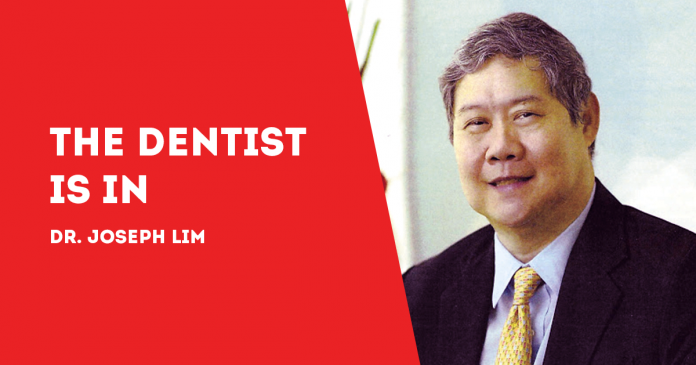
MORE and more children do not experience tooth decay. Worldwide.
“The actual figures indicate that a low level of caries‐free children aged 5‐6 was frequent in certain countries of Eastern Europe, the Middle East, Asia, Africa and Latin America,” a new report indicates.
North America and Western Europe had moderately high levels of caries-free children; northern Europe showed the highest scores.
The report is based on a comprehensive global survey undertaken in 2017‐2018 and published this year in the journal Community Dentistry and Oral Epidemiology.
The survey was initiated by the World Health Organization (WHO) to map the application of oral health care programs worldwide.
The first WHO global maps on oral health focused on dental caries (or tooth decay and cavities) in children aged 12 and adults aged 35‐44. They were primarily based on data provided by public health researchers in the late 1990s.
Oral health data available were then used to classify countries according to the level of dental caries and they were published by WHO in the World Oral Health Report 2003.
An update of the map on dental caries of 12‐year‐olds took place in 2014.
New maps prepared for the present report were based on comprehensive country data reported for the year 2000 and onwards. They covered all the WHO indicators and population groups, including the specific oral health conditions of people aged 5 or 6 years, 12 years, 35‐44 years and 65‐74/65+ years.
When compared to the equivalent maps of the year 2002 and 2014, the actual map of 12‐year‐olds points to an increasing number of countries with very low or low levels of dental caries, possibly reflecting the preventive programs put in place over the past decades.
Traditionally, the severity of dental caries among young adults and older people has been high in many industrialized countries. However, the present survey indicated a growing number of countries with moderate levels of dental caries.
The intention of the present global survey was to determine the prevention and health promotion of oral health care 10 years after the approval of the 2007 WHO World Health Assembly resolution on oral health.
The resolution urged Universal Health Coverage of oral health as recommended by the 2019 United Nations Political Declaration on Universal Health Care.
The current survey found that inequities is “substantial” between countries in the coverage of primary oral health care and emergency care. “It remains a challenge to especially low‐ and middle‐income countries.”
We take these countries to include the Philippines.
In these countries, the gap in the delivery of preventive services and health promotion is strong.
The causes are many, including insufficient financial support to prevention and health promotion; inadequate workforce for oral health; and absence of policies for oral health.
For example, preventive services and health promotion in schools have the potential of breaking existing health inequities in children and adolescents. Yet, the establishment of school‐based oral health promotion varies significantly between countries.
The survey found that several countries have accepted an integrated approach, linking oral health with general health and interventions against non-communicable diseases.
This is progress, although more need to be done. Intervention against tobacco use and consumption of sugars, for example, needs strengthening. National policies for the reduction of sugar intake should be encouraged.
The survey highlighted the country investment in terms of the proportion of GNP spent on health. Overall, 1.3 percent of the annual GNP was allocated for oral health; high‐income countries showed the highest figure.
The shortage of dentists in low‐ and middle‐income countries is critical to serving the population in oral health care.
The deficiency in the number of dentists in developing countries is a major barrier to oral disease prevention and health promotion.
The number of dentists is higher in high‐income countries, and chairside assistants and oral hygienists may facilitate the delivery of preventive services.
***
Dr. Joseph D. Lim is the former Associate Dean of the UE College of Dentistry, former Dean of the College of Dentistry, National University, past president and honorary fellow of the Asian Oral Implant Academy, and honorary fellow of the Japan College of Oral Implantologists. Honorary Life Member of Thai Association of Dental Implantology. For questions on dental health, e-mail jdlim2008@gmail.com or text 0917-8591515./PN

